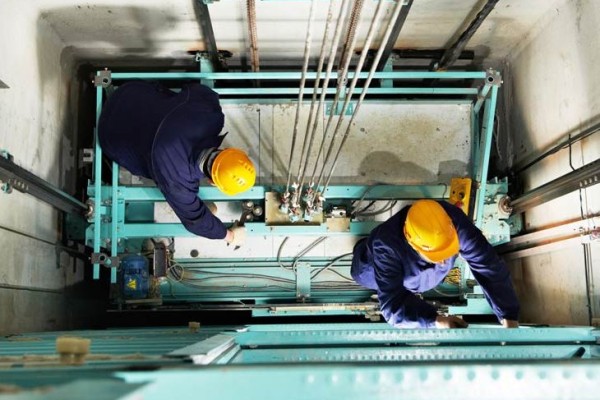What are the types of lifts?
Lifts, also known as elevators in some regions,
are vertical transportation devices used to move people or goods between
different levels of a building. Lifts come in various types and configurations,
each designed to serve specific purposes and meet different requirements. Here
are some common types of lifts:
1.
Passenger Lifts:
Passenger lifts are the most common type of lift
found in commercial and residential buildings. They are designed to transport
people from one floor to another. Passenger lifts come in various sizes and
capacities, accommodating different numbers of passengers. They are equipped
with safety features such as emergency buttons and sensors to prevent
accidents.
2.
Freight Lifts:
Freight lifts, also known as cargo lifts or
goods lifts, are designed to transport heavy goods, equipment, and materials
within industrial settings, warehouses, factories, and commercial buildings.
These lifts have a higher weight capacity and often feature robust construction
to withstand the demands of transporting heavy loads.
3.
Service Lifts:
Service lifts are similar to freight lifts but
are primarily used in hotels, restaurants, and other service industries to
transport food, dishes, and supplies between floors. They are typically smaller
than freight lifts and are designed to maintain hygiene standards for food
transport.
4.
Dumbwaiters:
Dumbwaiters are small, home lifts used for
transporting lightweight items such as food, laundry, or documents between
different levels of a building. They are often found in residential homes,
restaurants, and hotels, providing convenience for moving small items without
the need for carrying them manually.
5.
Hospital Lifts:
Hospital lifts, also known as patient lifts or
bed lifts, are specially designed for healthcare facilities. They are equipped
with features to accommodate hospital beds, stretchers, and medical equipment.
These lifts play a crucial role in patient transport within hospitals and
clinics.
6. Scenic
Lifts or Glass Elevators:
Scenic lifts, or glass elevators, are designed
with transparent walls or panoramic views to provide passengers with scenic
views of their surroundings. They are often installed in malls, hotels, and
tourist attractions to enhance the overall experience.
7.
Residential Lifts:
Residential lifts or lifts for home are
specifically designed for use in private homes. They provide accessibility to
different floors for individuals with mobility issues or for the convenience of
homeowners. Residential lifts come in various styles, including traditional
cabin lifts and compact platform lifts.
8.
Hydraulic Lifts:
Hydraulic lifts use hydraulic fluid and a piston
system to lift the elevator car. They are known for their smooth and quiet
operation. Hydraulic lifts are commonly used for low-rise buildings.
9.
Traction Lifts:
Traction lifts use a system of ropes or cables
and a counterweight to move the elevator car. They are more energy-efficient
and are typically used in high-rise buildings.
Each type of lift is chosen based on the
specific needs and requirements of the building or facility it serves. The
selection of a lift type depends on factors such as building design, intended
use, capacity, and budget. Professionals of Innovative Lift Consulting for lift
installation and maintenance are essential to ensure the safe and reliable
operation of these vertical transportation systems.




Comments
Post a Comment